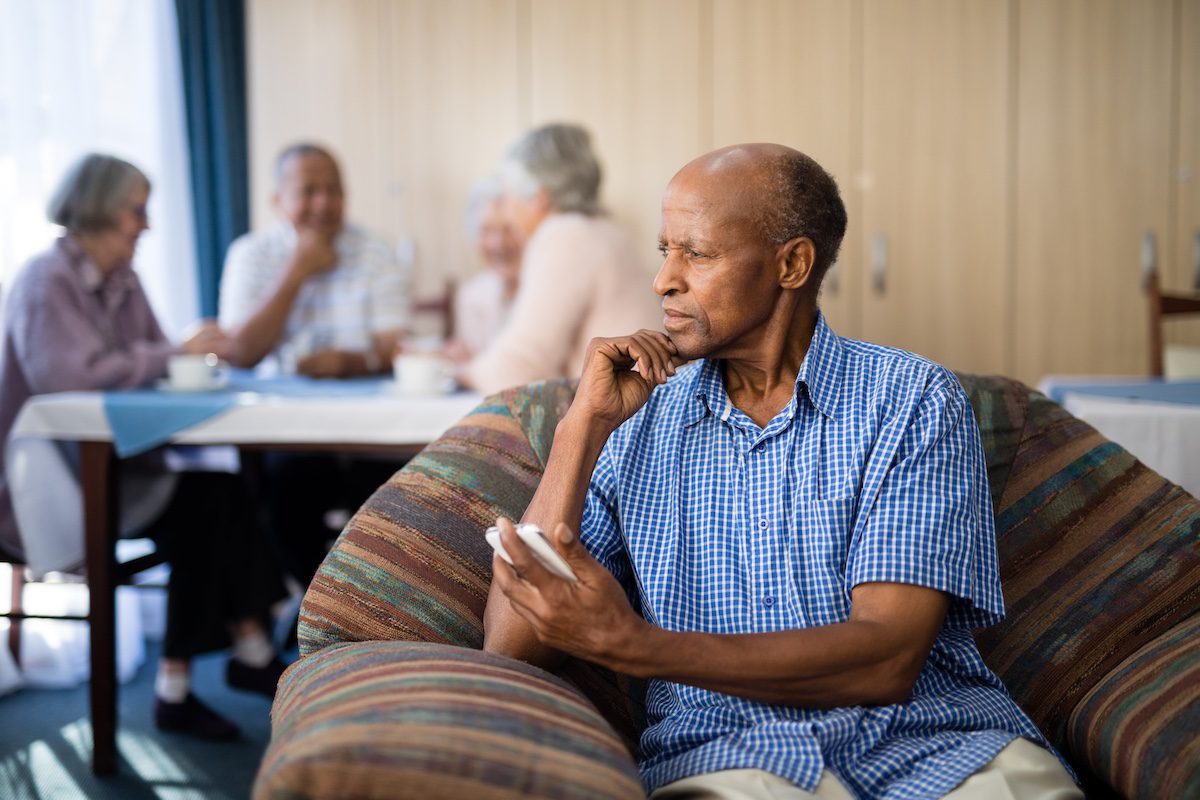As we age, maintaining bone health becomes increasingly important to prevent osteoporosis and other bone-related issues. Osteoporosis is a condition characterized by weakened bones and an increased risk of fractures, particularly in the hips, spine, and wrists.
For seniors, this condition can significantly impact mobility, independence, and overall quality of life. Fortunately, several strategies can help maintain bone health and prevent osteoporosis.
Understanding Osteoporosis
Osteoporosis, often called the “silent disease,” progresses without symptoms until a fracture occurs. This condition affects millions of seniors worldwide, with women being particularly susceptible post-menopause due to the decline in estrogen levels, which plays a crucial role in maintaining bone density. Men are also at risk, though typically at an older age compared to women.
Bones are living tissues that constantly break down and rebuild. Osteoporosis occurs when the creation of new bone doesn’t keep up with the removal of old bone. This imbalance can lead to bones becoming porous and fragile.
Risk Factors for Osteoporosis
Several factors can increase the risk of developing osteoporosis, including:
- Age: The risk increases as you age.
- Gender: Women are more prone to osteoporosis, especially post-menopause.
- Family History: A family history of osteoporosis or fractures can increase risk.
- Body Frame Size: Small body frames tend to have a higher risk because they have less bone mass to draw from as they age.
- Hormone Levels: Lowered levels of sex hormones can weaken bones. For women, this can occur after menopause. For men, lower testosterone levels can contribute to bone loss.
- Dietary Factors: Low calcium intake, eating disorders, and gastrointestinal surgery can affect the body’s ability to absorb nutrients essential for bone health.
- Medications and Medical Conditions: Long-term use of corticosteroid medications or having certain medical conditions can increase the risk of osteoporosis.
Initial Symptoms of Osteoporosis
Osteoporosis is often called a “silent disease” because it typically progresses without noticeable symptoms until a fracture occurs. However, some early signs can indicate the onset of osteoporosis. These initial symptoms may include a gradual loss of height, a stooped posture, and back pain, often caused by a fractured or collapsed vertebra.
Additionally, seniors might experience bones that break more easily than expected, particularly from minor falls or simple actions like bending or coughing. Recognizing these early signs and seeking medical advice promptly can lead to early intervention and better management of bone health.
Importance of Bone Health in Seniors
Maintaining strong bones is vital for seniors to preserve mobility and independence. Healthy bones reduce the risk of fractures, which can lead to a cascade of health issues including prolonged bed rest, decreased physical activity, and a decline in overall health.
For seniors, a hip fracture can be particularly debilitating, often leading to a loss of independence.
Strategies for Preventing Osteoporosis
There are several strategies for preventing osteoporosis as we age. Here are some of the top recommendations from medical experts:
1. Nutrition
A well-balanced diet rich in calcium and vitamin D is crucial for bone health. Calcium is the primary building block of bone tissue, while vitamin D enhances calcium absorption and bone growth. Seniors should aim to include the following in their diet:
- Dairy Products: Milk, cheese, and yogurt are excellent sources of calcium.
- Leafy Greens: Kale, broccoli, and bok choy are good plant-based sources of calcium.
- Fortified Foods: Foods like orange juice, cereals, and plant-based milks often have added calcium and vitamin D.
- Fatty Fish: Salmon, mackerel, and sardines provide both vitamin D and calcium.
- Egg Yolks: A good source of vitamin D.
2. Exercise
Regular physical activity is essential for maintaining bone density and overall health. Weight-bearing exercises and strength training are particularly beneficial for bone health. Recommended activities include:
- Walking and Jogging: Simple and effective weight-bearing exercises.
- Strength Training: Lifting weights or using resistance bands helps build and maintain muscle mass and bone density.
- Balance Exercises: Activities like tai chi or yoga can improve balance and coordination, reducing the risk of falls.
3. Lifestyle Changes
Certain lifestyle modifications can significantly impact bone health:
- Avoid Smoking: Smoking is detrimental to bone health and can accelerate bone loss.
- Limit Alcohol Consumption: Excessive alcohol intake can interfere with the body’s ability to absorb calcium and produce bone tissue.
- Maintain a Healthy Weight: Being underweight increases the risk of bone loss and fractures while being overweight can put extra stress on bones.
4. Regular Screenings
Bone density tests, such as DEXA scans, can help detect osteoporosis before a fracture occurs. Regular screenings are particularly important for seniors with risk factors or those who have experienced fractures. Early detection allows for timely intervention and management.
5. Medications and Supplements
In some cases, diet and lifestyle changes may not be sufficient to prevent bone loss, and medications or supplements might be necessary. Common treatments include:
- Bisphosphonates: These medications help slow down bone loss and increase bone density.
- Calcium and Vitamin D Supplements: These can ensure adequate intake, especially for those who may not get enough from their diet.
- Hormone Therapy: For postmenopausal women, hormone replacement therapy can help maintain bone density.
- Selective Estrogen Receptor Modulators (SERMs): These mimic estrogen’s positive effects on bone density in postmenopausal women.
Creating a Bone-Healthy Environment
Ensuring that the living environment is safe can help prevent falls and related fractures:
- Install Grab Bars: In bathrooms and other high-risk areas to provide support.
- Ensure Adequate Lighting: Proper lighting reduces the risk of trips and falls.
- Remove Hazards: Clear pathways of clutter, secure rugs, and ensure that floors are non-slip.
- Use Assistive Devices: Canes, walkers, and other aids can provide additional stability.
Final Thoughts
Maintaining bone health and preventing osteoporosis are critical for seniors to preserve their independence and quality of life. Through proper nutrition, regular exercise, lifestyle changes, and medical interventions, seniors can strengthen their bones and reduce the risk of fractures.
It’s essential to create a supportive environment that minimizes fall risks and to seek regular medical advice to manage bone health proactively. By taking these steps, seniors can continue to lead active, healthy lives well into their later years.




